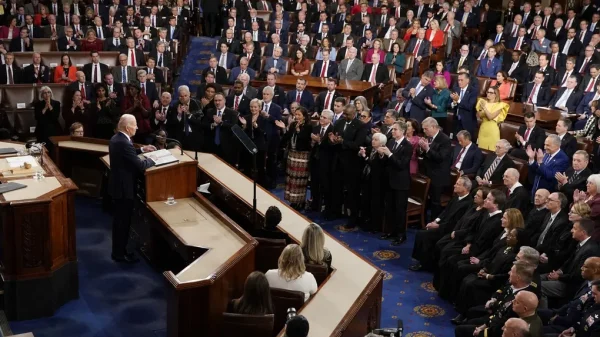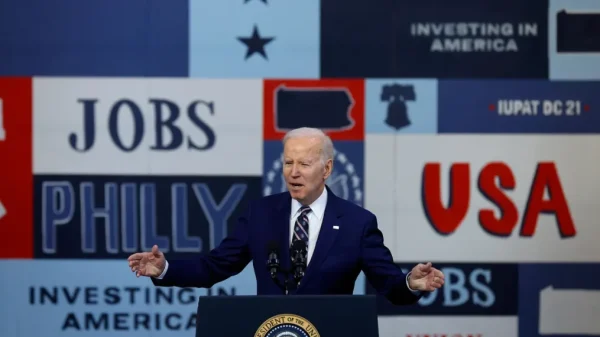In a move that sheds light on the ever-evolving terrain of global nuclear politics, President Joe Biden has approved a highly classified nuclear strategic plan that marks a significant shift in Washington’s deterrent strategy. According to The New York Times, the White House has kept the revised plan, titled “Nuclear Employment Guidance,” under wraps, failing to announce its approval to the public. Instead, an unclassified notification is expected to be sent to Congress before the President leaves office.
The Nuclear Employment Guidance is a crucial document that outlines the United States’ approach to nuclear deterrence, dictating how the country would use its nuclear arsenal to prevent or respond to attacks. The plan is updated every four years or so, and the latest revision reflects a growing concern in Washington about China’s expanding nuclear capabilities.
China’s nuclear buildup has been a subject of increasing concern for the United States and its allies in recent years. The country has been expanding its nuclear arsenal, developing new types of nuclear weapons, and modernizing its nuclear delivery systems. In response, the United States has been reassessing its own nuclear posture and exploring ways to deter aggression in the Asia-Pacific region.

President Joe Biden (Image via Getty)
The revised Nuclear Employment Guidance signals a significant shift in Washington’s approach to nuclear deterrence, with a greater focus on addressing the growing challenge posed by China. The strategy is designed to reassure allies and partners in the region that the United States remains committed to maintaining a strong and capable deterrent, while also deterring adversaries from taking aggressive action.
In recent speeches, two senior administration officials were allowed to allude to the strategy revision, providing a Look into the thinking behind the new approach. While the officials did not explicitly mention China, their remarks hinted at a growing emphasis on deterring Chinese aggression in the Asia-Pacific region.
The approval of the revised Nuclear Employment Guidance comes at a time of increased tensions between the United States and China. The two countries have been engaged in a prolonged trade war, and Beijing’s growing military presence in the South China Sea has raised concerns in Washington. The new strategy is therefore an important signal of the United States’ commitment to maintaining a strong and stable security environment in the Asia-Pacific region.
The revised Nuclear Employment Guidance represents a significant shift in Washington’s approach to nuclear deterrence, with a greater focus on addressing the growing challenge posed by China’s expanding nuclear capabilities. The strategy is designed to reassure allies and partners in the region, while deterring Chinese aggression and maintaining a strong security environment in the Asia-Pacific region.


























